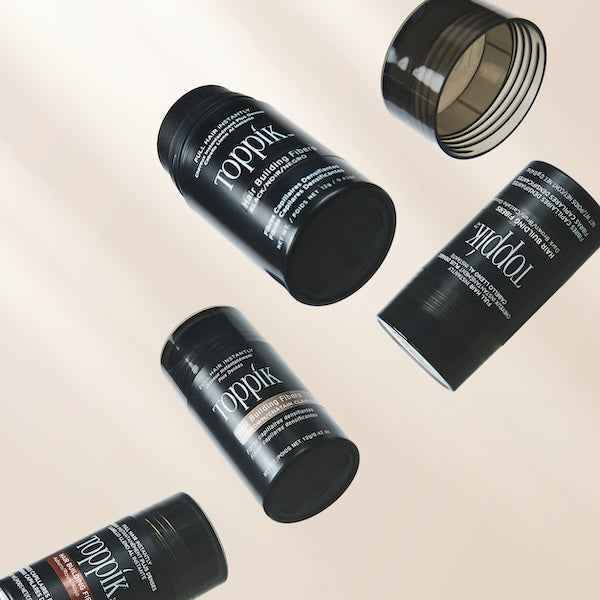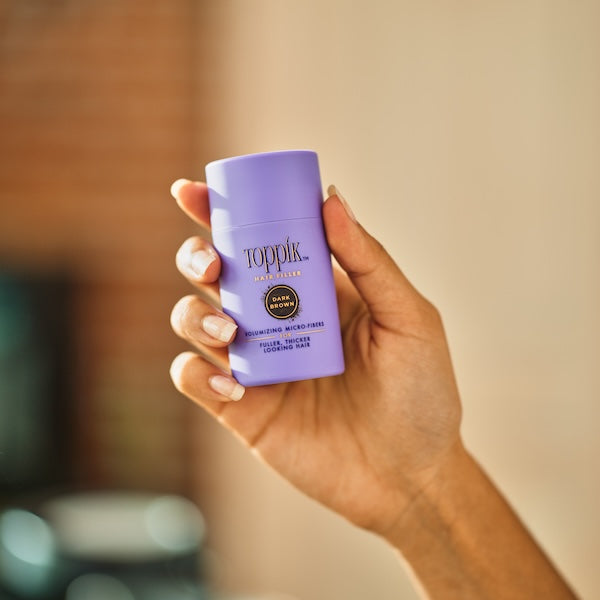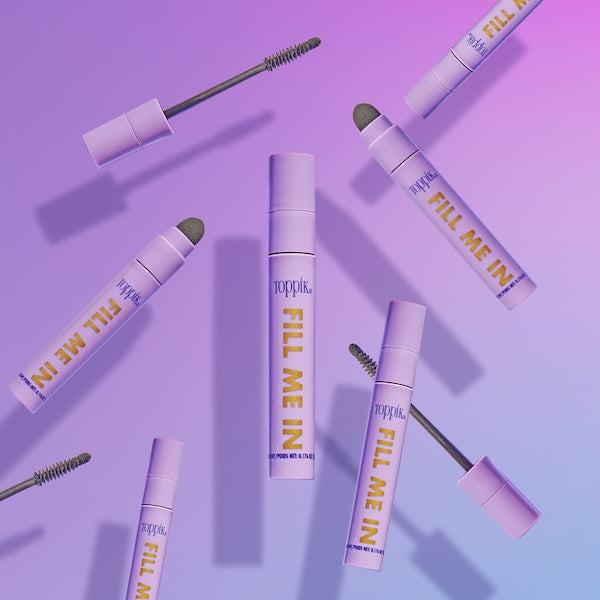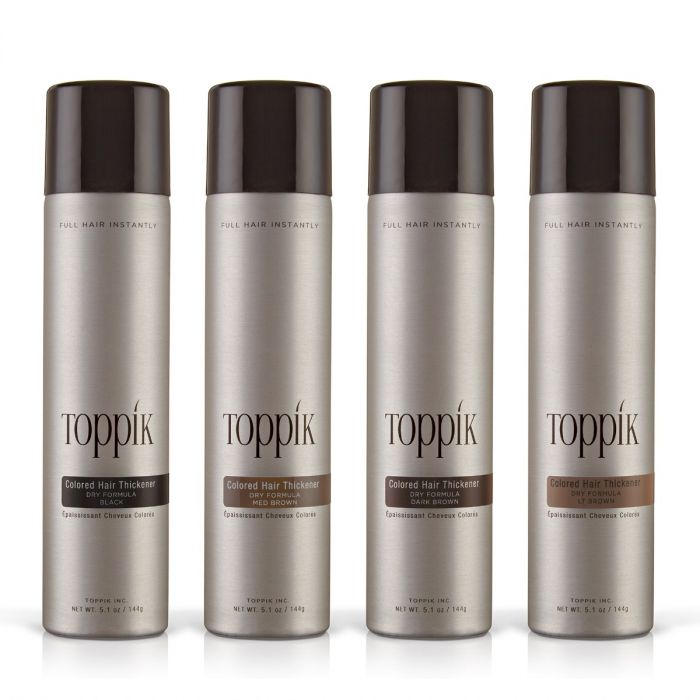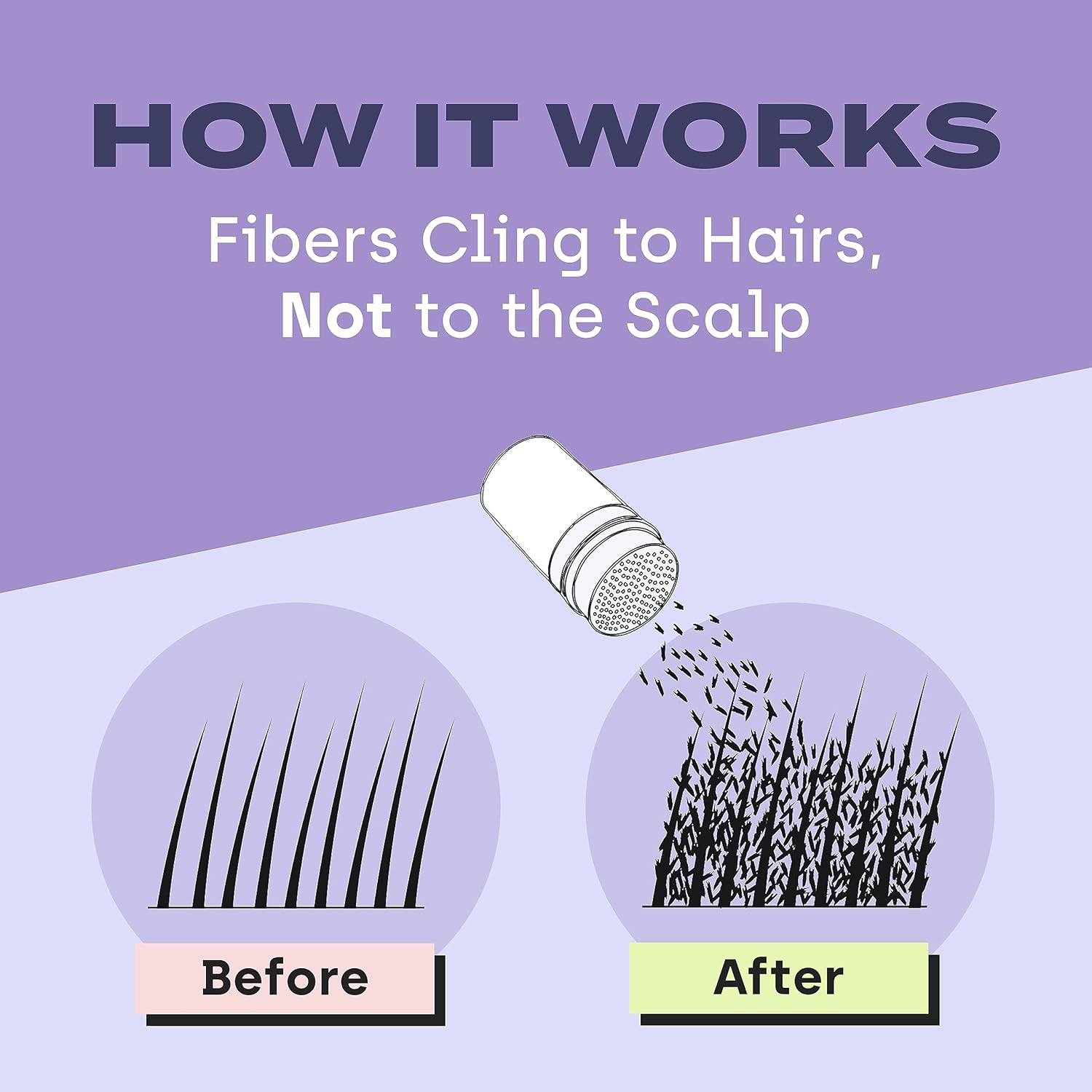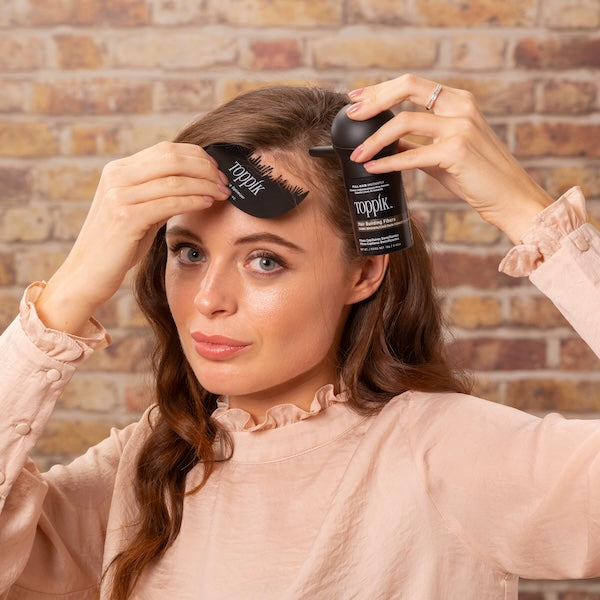If it’s true that big is better, then Middle Eastern and Indian hair types have it made in the shade. Known for having the densest hair-- in terms of number of hairs per follicle, people with Middle Eastern and Indian hair types make up about a third of the world's population.
South Asian countries like India, Pakistan and countries in the Middle East are known for their century old beauty rituals. Although genetics play a big role in the characteristics of hair and how it grows, there are many beauty secrets and tips that originated in Middle Eastern and Indian cultures that many believe are the secret to beautiful hair.
Although Middle Eastern and Indian hair is typically thicker and fuller in comparison to other hair types, there are still many people who suffer from hair loss who have this type. This leads us to the question, what makes Middle Eastern and Indian hair types actually thicker and denser than others and what can be done to prevent hair fall out when it does occur?
Follow along as we explore this is more detail!
The Characteristics
As we mentioned previously, Middle Eastern and Indian hair is typically associated with being dark in color and full in density. The density of hair is a direct correlation of the follicle size. For example, hair that comes from a follicle that is round usually is thicker in density. Middle Eastern and Indian hair also tends to be longer in length than other hair types, especially when not treated with harsh chemicals and processes. Some of the main issues and concerns people with this hair type face is dry hair, oily hair, hair fall-out and needing grey coverage.

Dry Hair- Hair has no natural lubrication and relies on oils made in the hair root to keep hair lustrous and moisturized. When the scalp does not produce enough oil this can lead to dry hair and as we get older the scalp produces even less oil.
Oily Hair- Having oily hair can be stressful and even lead to insecurity. Some of the factors that cause oily hair are genes, fluctuating hormones and having fine hair. Hair care habits can also affect how oily the hair can be.
Hair Fall-out- Most hair loss and thin hair is caused by factors like nutrition, stress, hormones and genetics. Generally, people lose about 50-100 strands of hair per day, which is normal. Losing hair at a higher rate than that can be a cause for concern. Signs of hair loss can be found in an excessive amount of strands in your comb after brushing or on your pillow in the morning after sleeping.
Grey Coverage- Signs of grey hair is not a major problem but more a nuisance for many people. When hair is darker the likelier it is for grey hair to be visible. Hair follicles contain pigment called melanin and when the body stops producing these pigments the hair becomes colorless, turning white or grey.
These are some of the main causes for concern for people when styling Middle Eastern or Indian hair. So what are some ways to prevent these issues and keep the hair at its healthiest state with this hair type?
How to Keep Hair Healthy
Boost Nutrition- skimping out on the nutrients that come from a well-balanced diet can affect the quality of not only hair but skin and nails as well. Keeping a diet full of foods that contains iron, fiber, zinc, iron, omega-3 fatty acids and protein is the most essential way to promote healthy hair growth.

Some of the best foods to choose from include:
● Salmon
● Yellow peppers
● Eggs
● Sunflower seeds
● Sweet potatoes
● Avocados
● Almonds
Cut-out Stress- Cutting back on the amount of stress can help you in more ways than just growing healthy, strong hair. The best way to do this is by taking some time and writing down some of the things in life that are causing you stress from workload, relationships to sleep deprivation and then finding ways to release these things from your life. Some of the best ways to decrease stress is through exercise, talking with a friend or simply removing the situation or thing in your life that is causing you discomfort.
Age old traditions- It’s not a secret that Middle Eastern and Indian cultures have age old beauty traditions that are practiced still today. Do these traditions help hair grow longer and healthier? We can’t give you a clear answer but it doesn’t hurt to try and find out. Here are some interesting ingredients that are used to help maintain healthy hair in these cultures:

● Rose water
● Turmeric
● Coconut Oil
● Mustard Seed Oil
● Lemons
If having a nutritious diet, relieving stress and using traditional forms of beauty remedies aren’t giving you the results that you are looking for, sometimes genetics can be the cause of what is holding you back from having the hair you desire. If this is the case however, there is hope and other ways to manage these hair concerns that we mentioned previously.
How to Manage Middle Eastern and Indian hair
As we previously mentioned, Middle Eastern and Indian hair concerns vary from having dry hair, oily hair, hair fall-out and needing grey coverage. The beauty of these concerns is that there is a Toppik product to manage these issues.
For grey hair coverage, Toppik Colored Hair Thickener is your solution. It’s designed to disguise areas of thin or thinning hair, scalp show-through, bald spots, and even root regrowth between color appointments. Uniquely though it can also be used to as a cover up for hair that is turning grey. Available in 5 pigmented shades that match your hair color and give the appearance of fuller, thicker hair instantly. It even removes easily with shampoo, so you can reapply as necessary.
With all of these helpful products in the Toppik line, it’s easy find one that will help give you the solution to your hair care needs when styling. Now, let’s take a look at some of the most popular styles that we are seeing today in this hair type!
Popular Hairstyles for Middle Eastern & Indian Men & Women
Here are some of the most popular hairstyles for men and women with Middle Eastern or Indian hair that we are seeing this year:

Long Bob

Long Straight Layers

Natural Curls

Comb Over Haircut

Taper Haircut

Pompadour Haircut

Long & Curly Haircut
Do you have Indian or Middle Eastern hair? What are some of your major hair concerns that we didn’t cover in this blog? We’d love to hear from you!
Read other Toppik blogs for Hair Regrowth and Cosmetic Solutions for people with fine/thin hair and what are the best options to choose from for your lifestyle.
If you want to be the first to know about new posts to the Hair Toppiks Blog, sign up for the Toppik VIP list to receive an email a couple times per month or check us out on Facebook!

